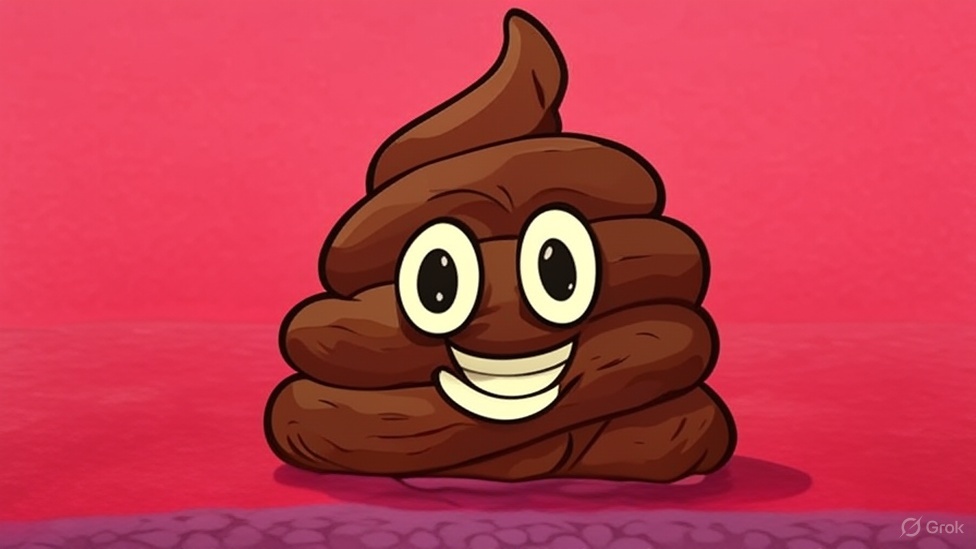but it was the artist who I found sketchy.
Joke Poo:
Title: The Potting Shed Mystery
There was a blight decimating our rose bushes. People often suspected it was either the aphids or the fungus… but it was the gardener who I found soil-spicious.
Alright, let’s break down this joke and then sketch out some new comedic possibilities.
Joke Dissection:
- Core Concept: The joke hinges on a pun, using the word “sketchy” in two different senses.
- Setup: The setup establishes a typical murder mystery scenario, creating expectations of serious suspects like the police or the doctor.
- Punchline: The punchline delivers the twist: the artist is “sketchy,” meaning untrustworthy but also referencing the act of drawing sketches.
- Humor Source: The humor comes from the unexpected double meaning of “sketchy” and the juxtaposition of a serious crime with an artistic term.
Key Elements:
- Murder Mystery: This provides the framework and a sense of dramatic tension.
- Suspicion: The word “suspected” and the act of suspecting create a sense of intrigue.
- Artist: The artist is the specific subject of the punchline, connecting to the visual art theme.
- Sketchy (Pun): This is the core of the humor, playing on the dual meaning of the word.
Comedic Enrichment & New Material:
Okay, using those elements, here are a few ways we can spin off from the original joke:
-
The “Did You Know?” Angle (Facts Meet Funny):
“Did you know that the word ‘sketch’ comes from the Dutch word ‘schets,’ meaning ‘to throw, sling, or quickly draw?’ So, while the cops were busy ‘throwing’ around accusations, the artist was literally throwing lines down on paper… maybe a little too quickly, if you ask the victim.” (This adds historical context and connects it back to the crime.)
-
The “Alternate Punchline” Twist:
“There was a murder in our town. People often suspected that it was either the police or the doctor… but the artist kept drawing crime scene sketches in charcoal. Honestly, it was so dark and moody; I thought he was the one trying to blacken someone’s reputation.” (This keeps the art angle but shifts the pun slightly to “blacken” and focuses on the artist’s interpretation.)
-
The “Expanding the Scene” Bit:
“They brought in a forensic artist to reconstruct the victim’s face… From the clay model, it was clear the artist had a real problem with noses. It turns out, the victim did too. That’s when the artist confessed; he said, ‘It wasn’t murder, it was artistic license!‘” (This plays on the specific role of a forensic artist and expands the scenario for a bit more character-based comedy.)
-
A “Modern Art” Observation:
“The detective questioned the artist. ‘Why did you only sketch the victim’s shoes?’ The artist replied, ‘It’s a post-modern commentary on the fleeting nature of existence and the consumerist obsession with footwear as a symbol of identity!’ The detective sighed. ‘So, you have no alibi, then?'” (This uses a bit of art criticism to add an absurd twist.)
-
The “Playing with Mediums” Gag:
“They interrogated the artist for hours. He insisted he was just working on a new project – a self-portrait series. When they asked what medium he used, he whispered, ‘Permanent marker on the victim’s forehead… but I call it conceptual art.'” (Dark and absurd, playing with the shock value)
In essence, the key to extending the joke is to stay within the thematic territory of murder mysteries, suspicion, and artistry while finding new angles for puns, unexpected connections, or absurd scenarios.


